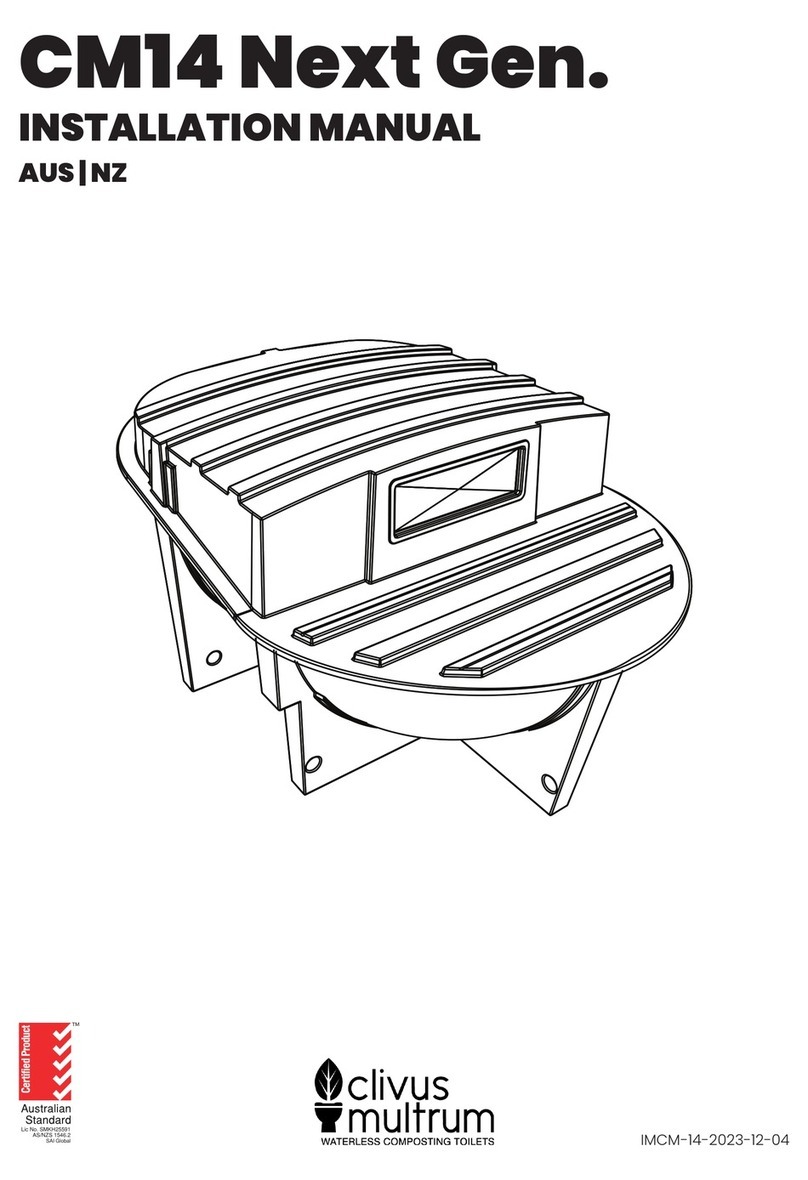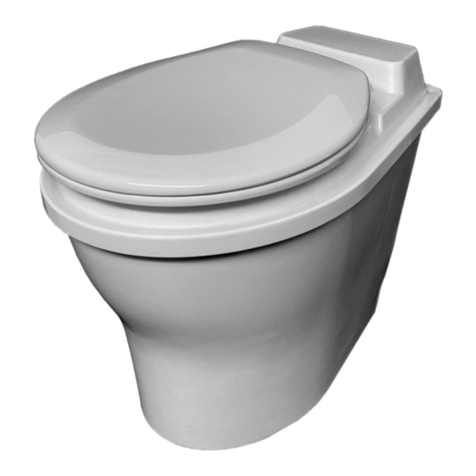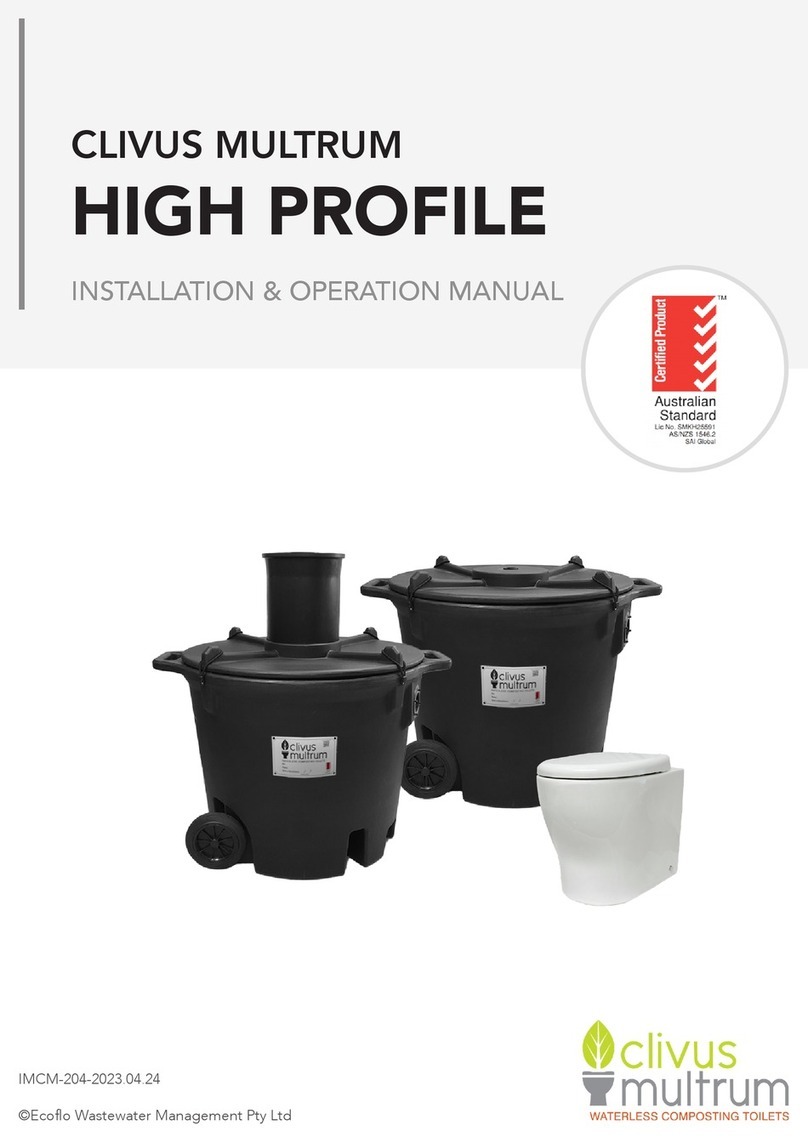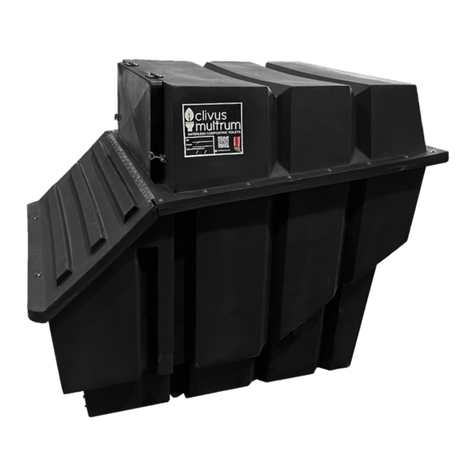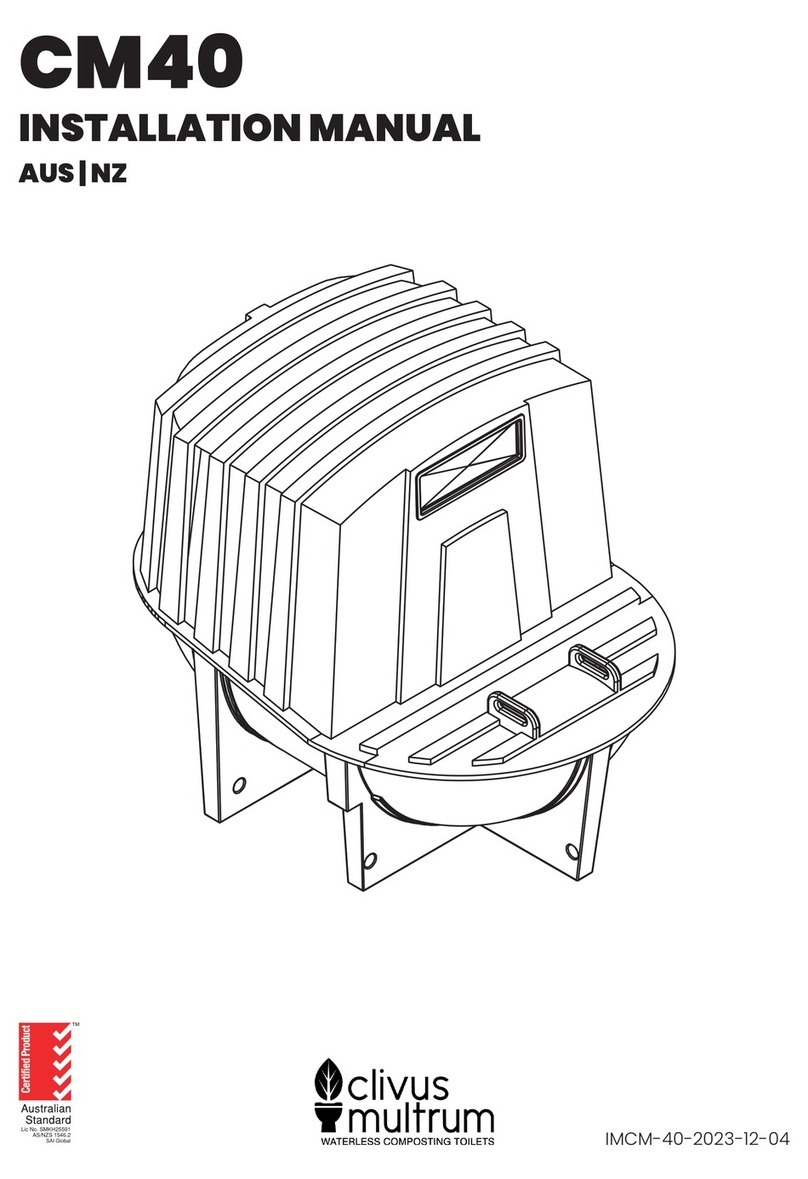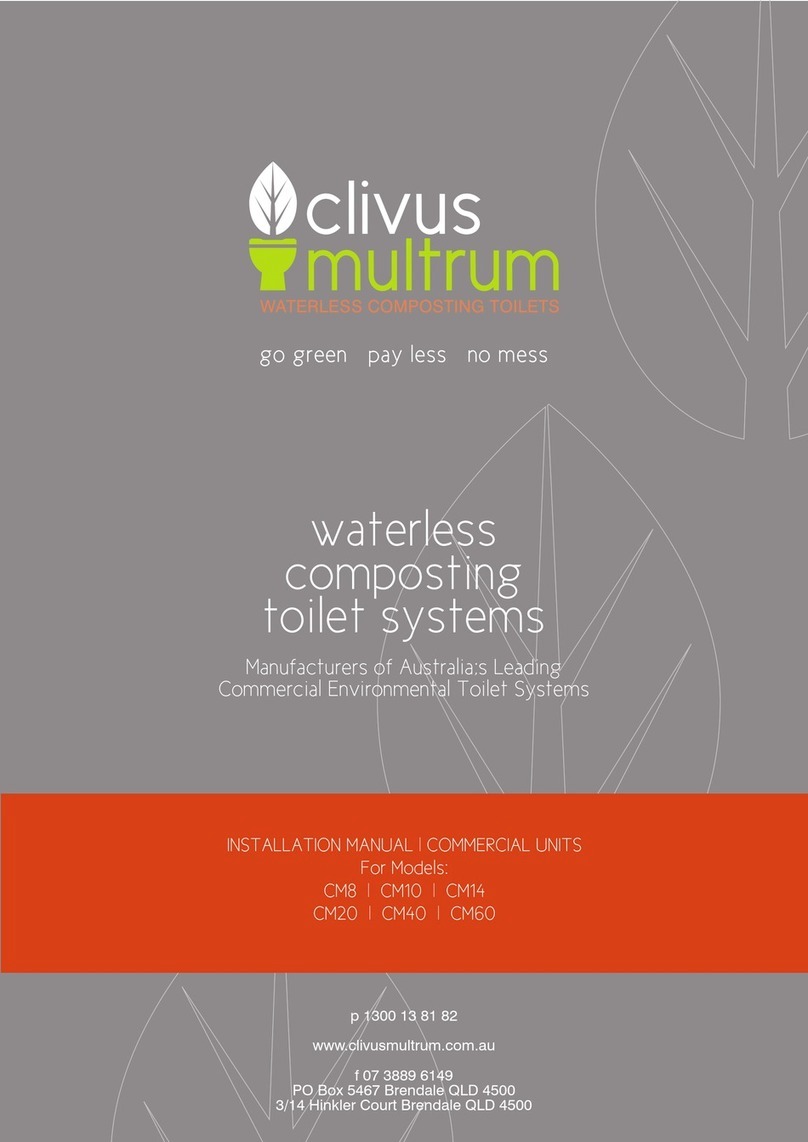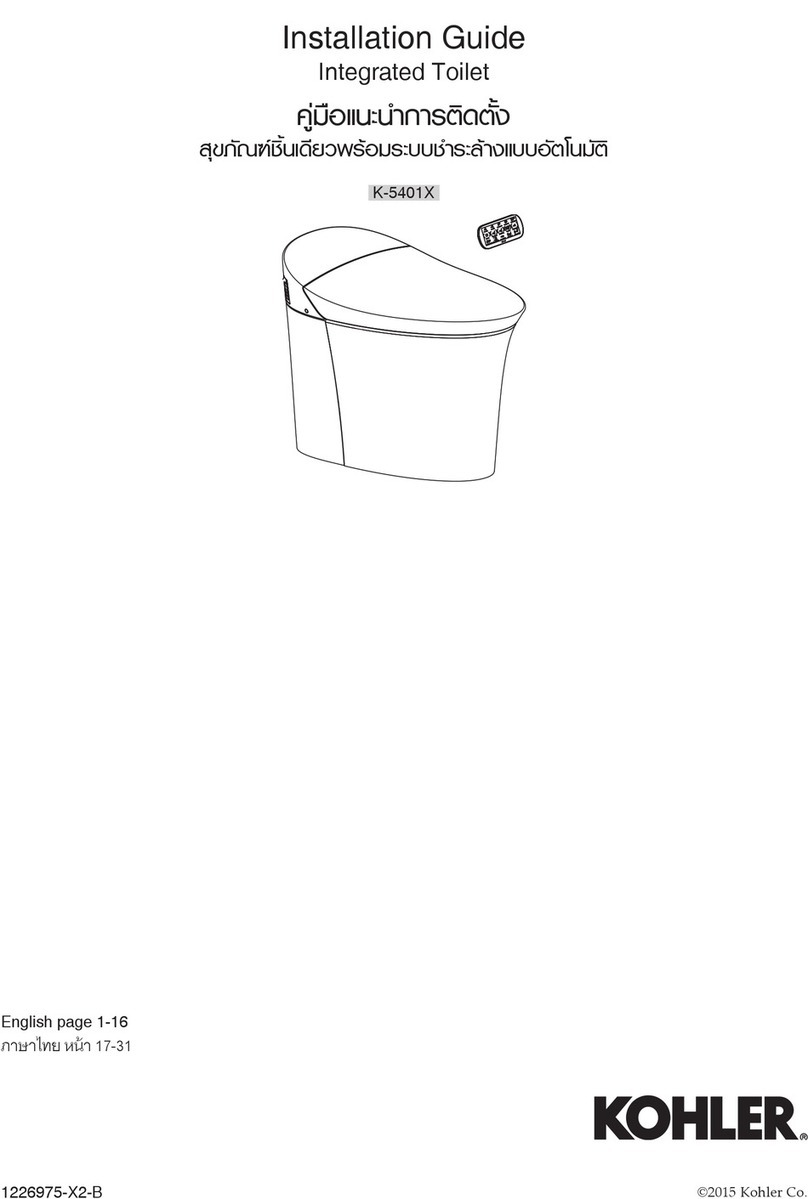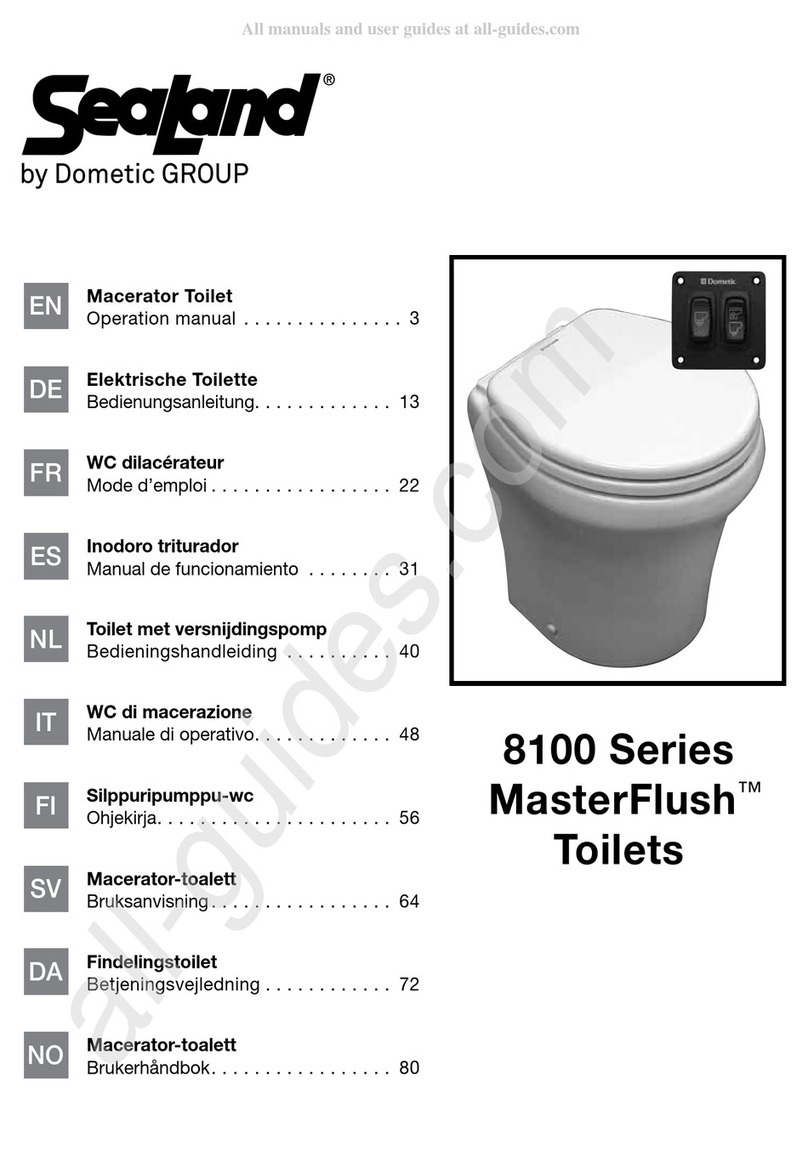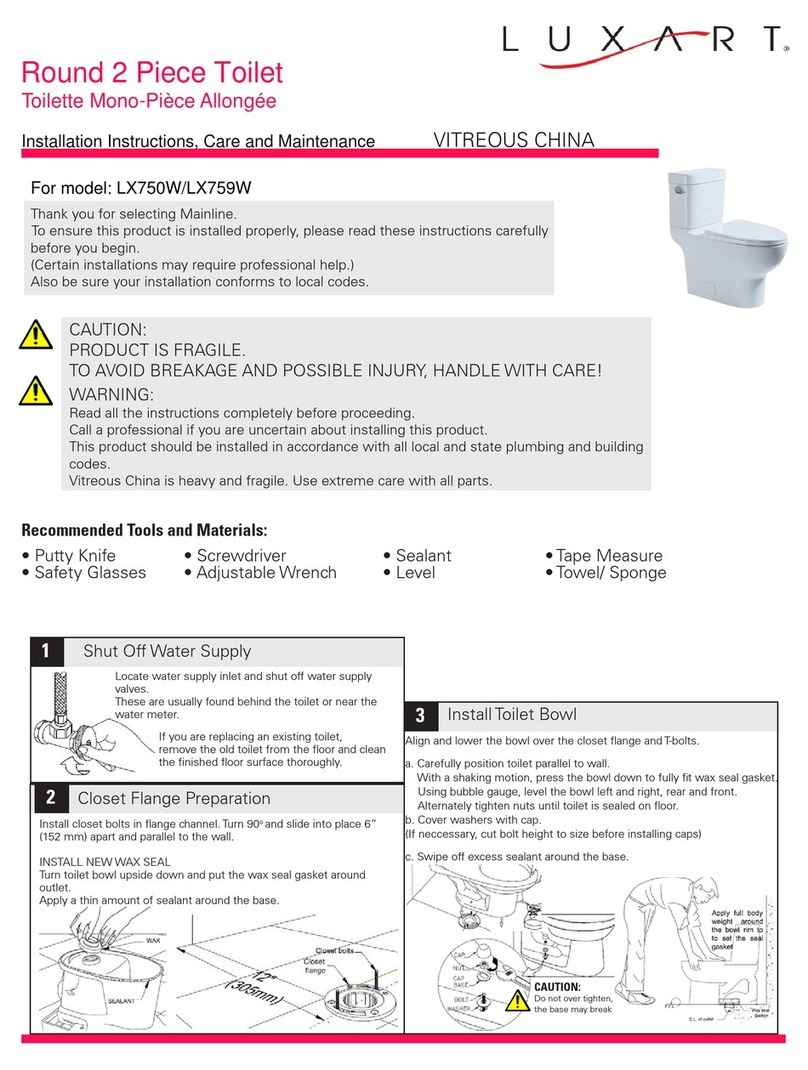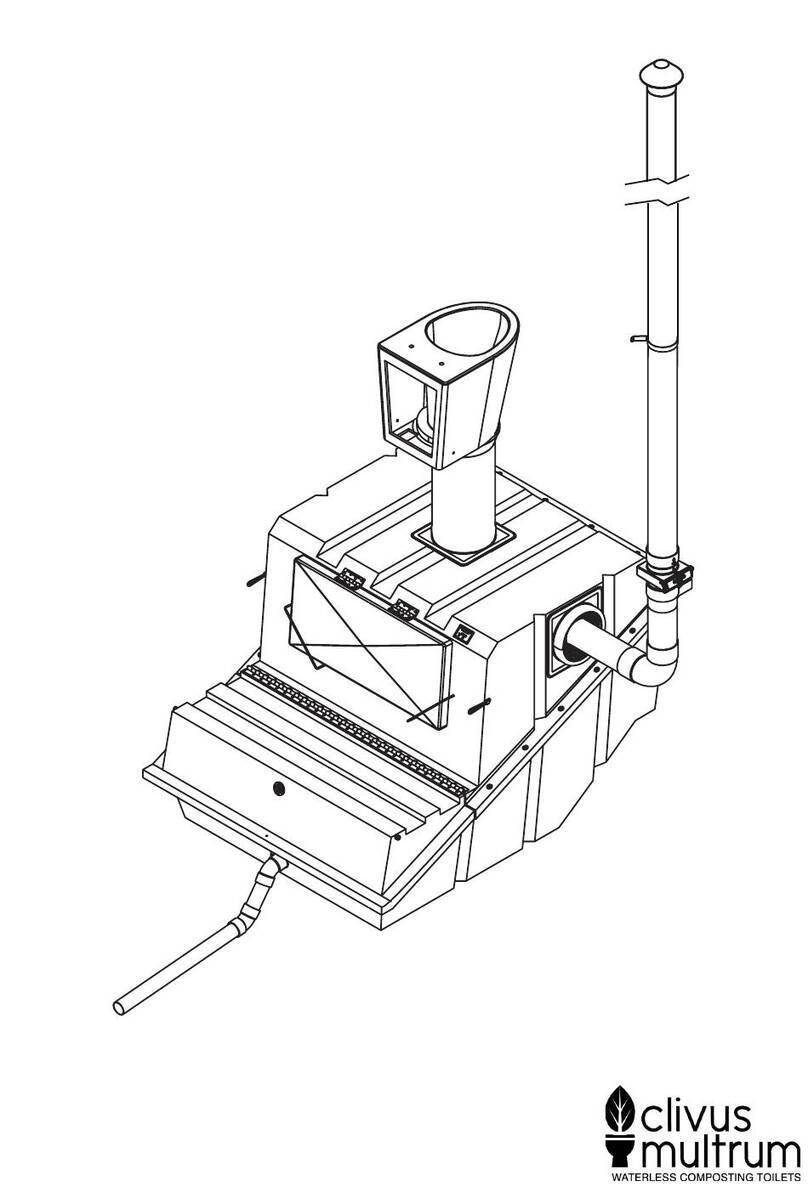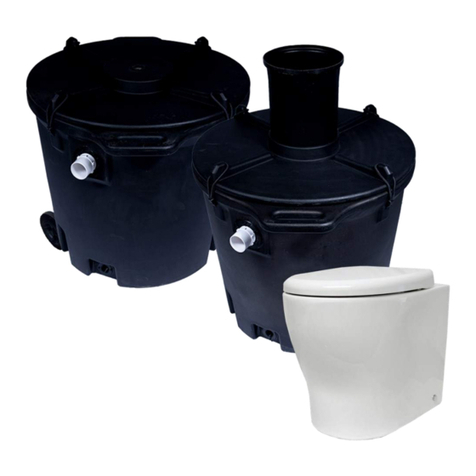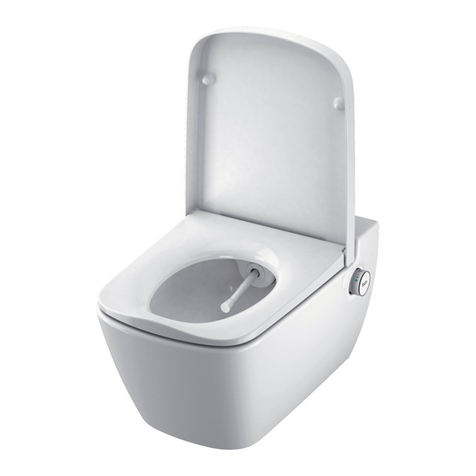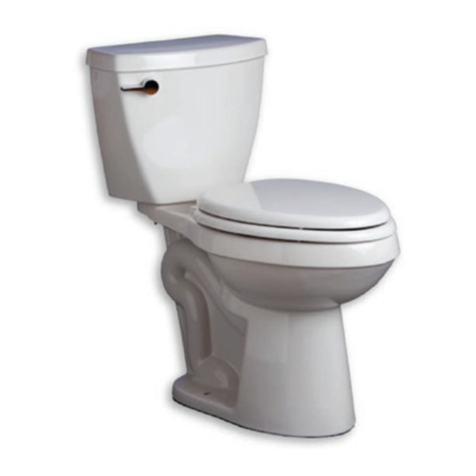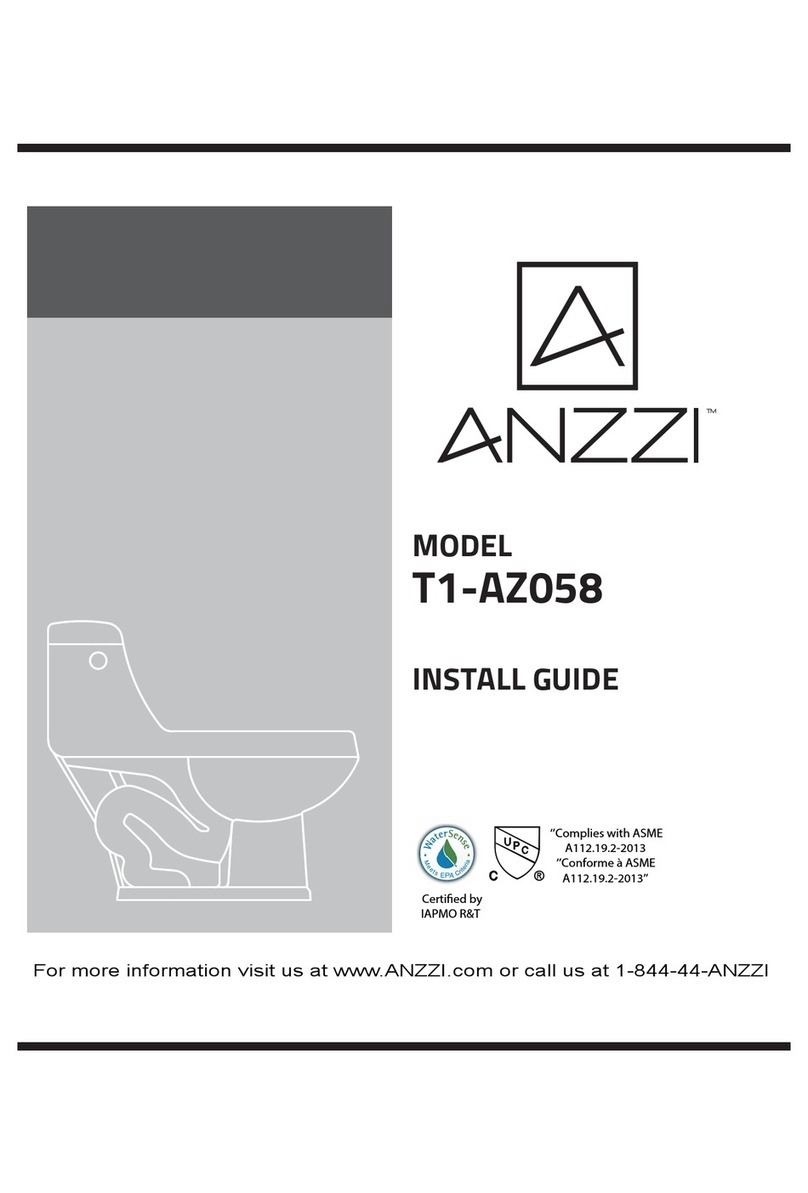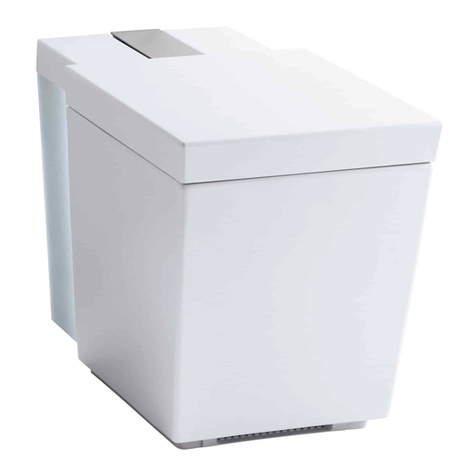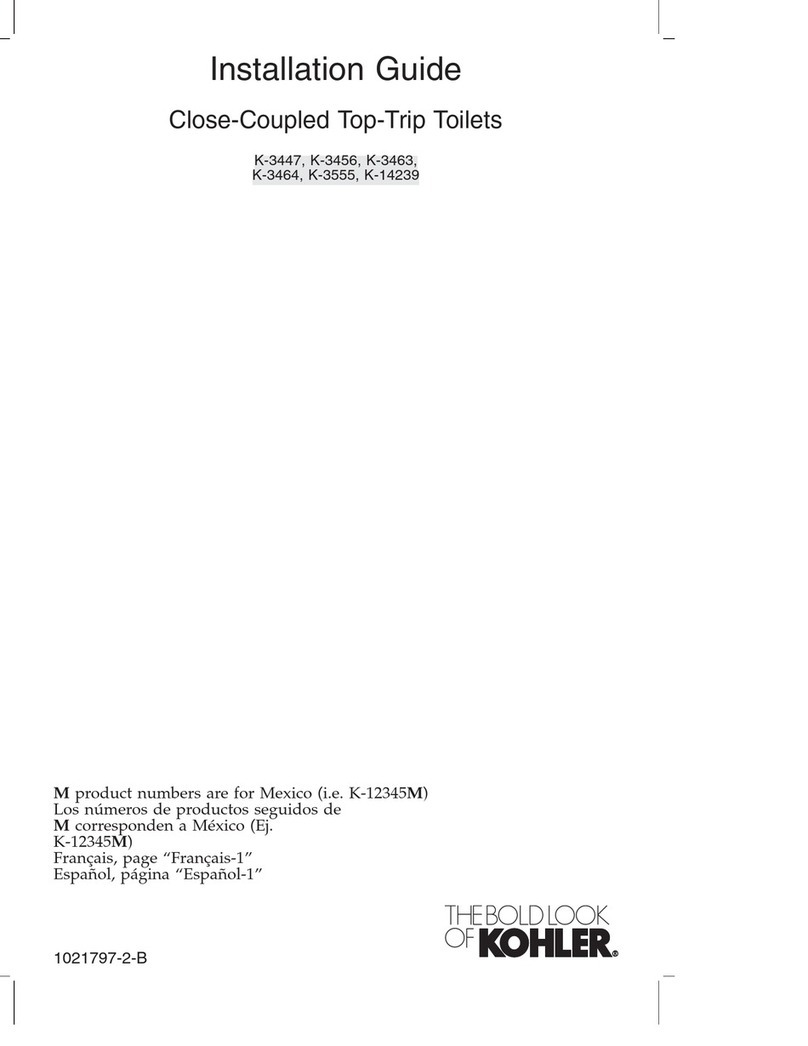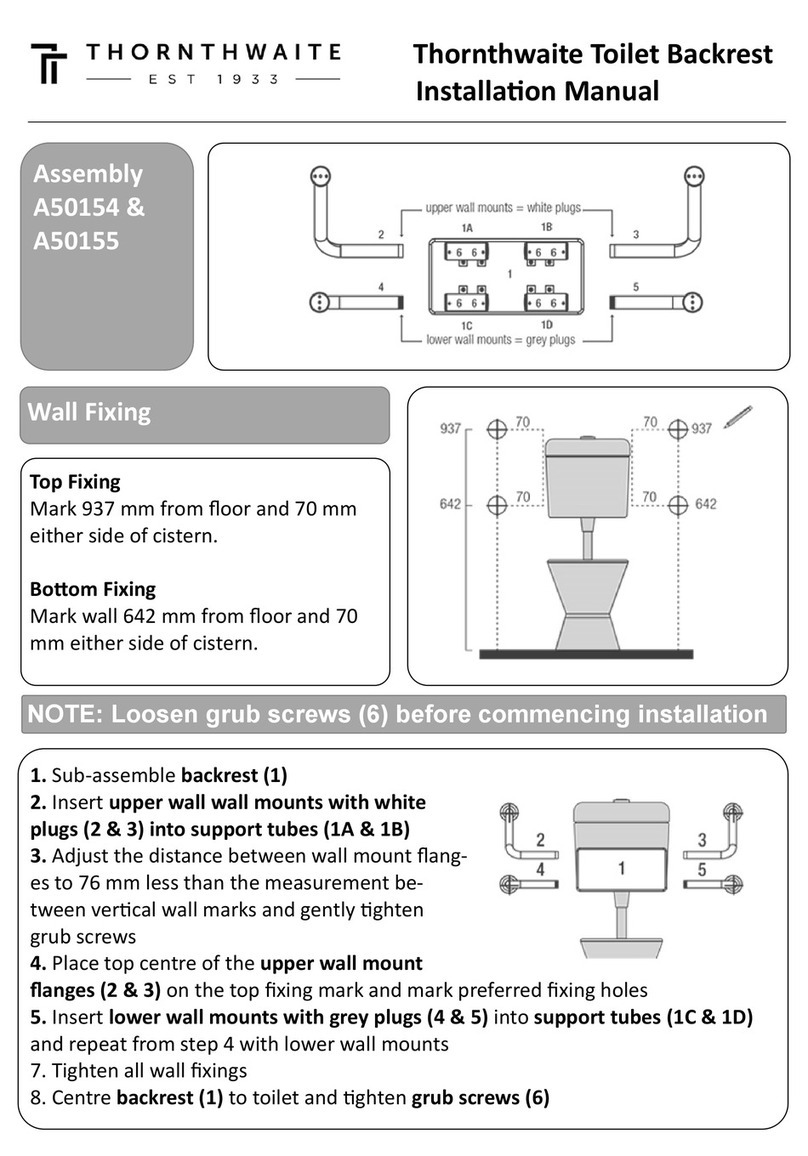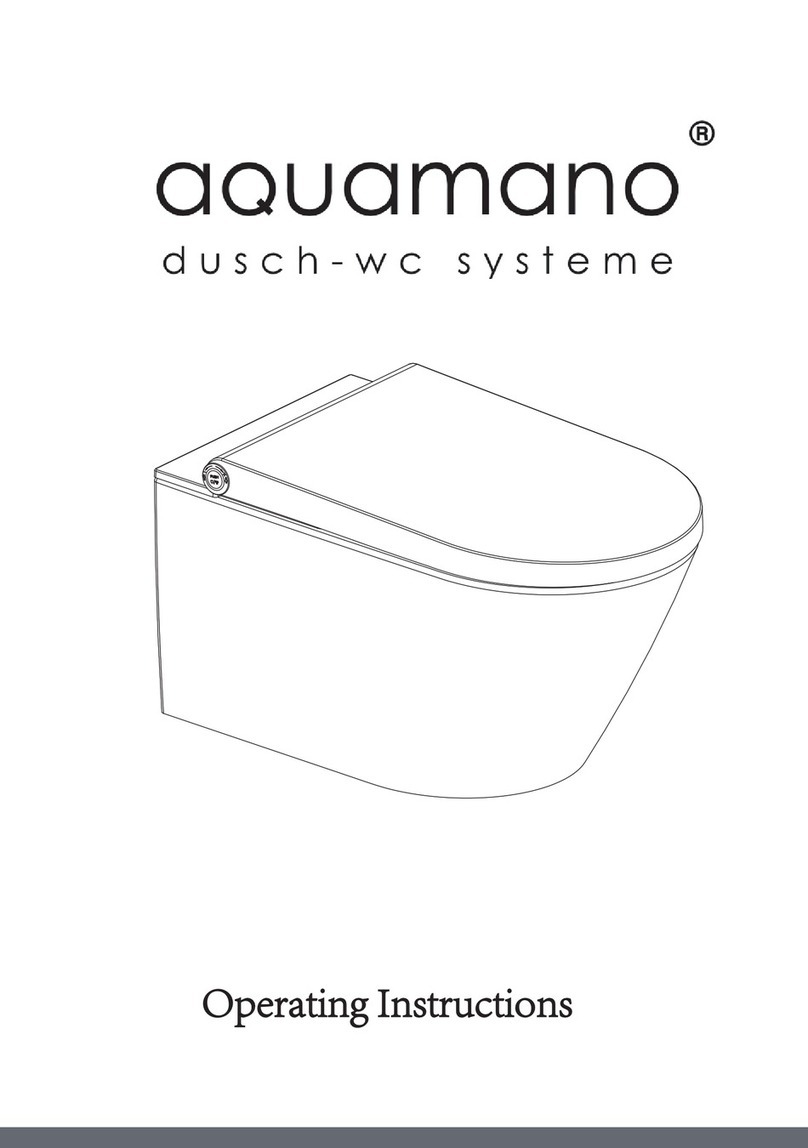
©Ecoflo Wastewater Management Pty Ltd
IMCM-204-2024-01.30 17
hOw can i tEll if My cOMpOst is rEaDy?
The size of the pile should have reduced in size by approximately 20%. Finished compost
should appear crumbly and moist (similar to fresh potting mix), not sodden or dry. It should
not have any offensive odour, just an earthy one. Also, the pile should not be producing high
heat any longer.
what can i DO with cOMpOstED MatErial?
The compost must be disposed of as per the local health department regulations. This
normally means burying the compost 100mm below the surface of the ground so that it does
not get moved around by people or animals walking over it. You could bury compost around
fruit and nut trees, lawns, flower beds or shrubs.
Avoid contact with edibles such as vegetables, herbs, and plants for harvesting seeds (eg.
sunflower, sesame). Although thermophilic composting reaches temperatures high enough
to kill pathogens, we want to avoid any chances of contamination.
ExplanatiOn Of thE cOMpOsting prOcEss
Our composting toilet uses a natural aerobic process called Thermophilic composting.
Basically, aerobic microbes, actinomycetes bacteria and fungi generate heat and break
down waste into odourless compost that’s safe to handle.
To explain it in detail, it begins with the piling and layering of waste and carbon-rich
materials like wood shavings. Initially, mesophilic microorganisms break down easily
decomposable materials, releasing energy in the form of heat. As the temperature
surpasses 45°C (113°F), thermophilic microorganisms, including heat-tolerant bacteria and
fungi, become dominant. These microorganisms rapidly decompose complex organic
compounds, generating even more heat.
The sustained high temperatures in the thermophilic phase accelerates the breakdown of
organic matter, kills pathogens, and promotes nutrient release. The compost pile naturally
cools down after the thermophilic phase, allowing mesophilic microorganisms to continue
decomposition at a slower pace.
For optimal performance, microbes require composting conditions that include:
• a minimum temperature of 12°C
• moisture content of about 70%
• 30:1 carbon-nitrogen ratio
• oxygen/airflow
Microbes require a balanced diet of carbon and nitrogen to thrive and carry out their
metabolic processes effectively. Simply put, carbon provides a source of energy, and
nitrogen in the urine and faeces is for growth and metabolic activity.




















